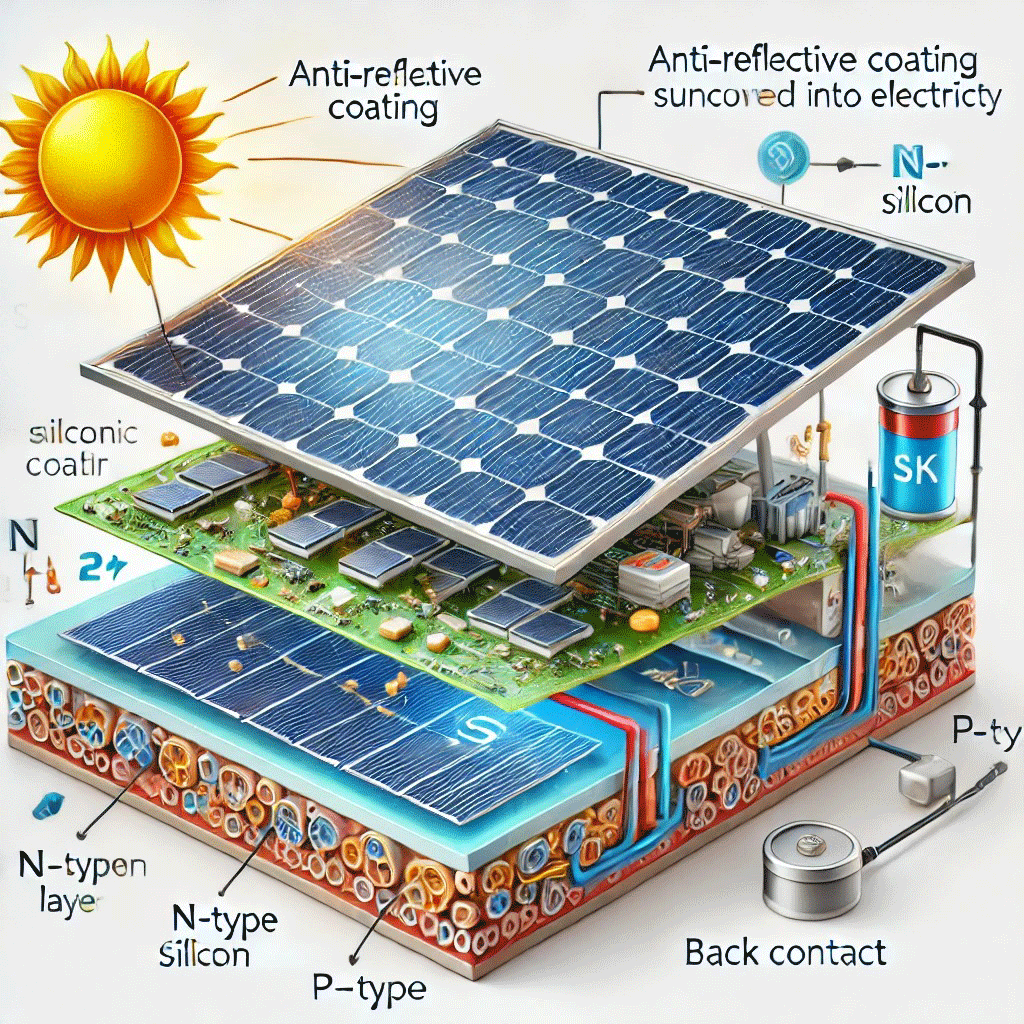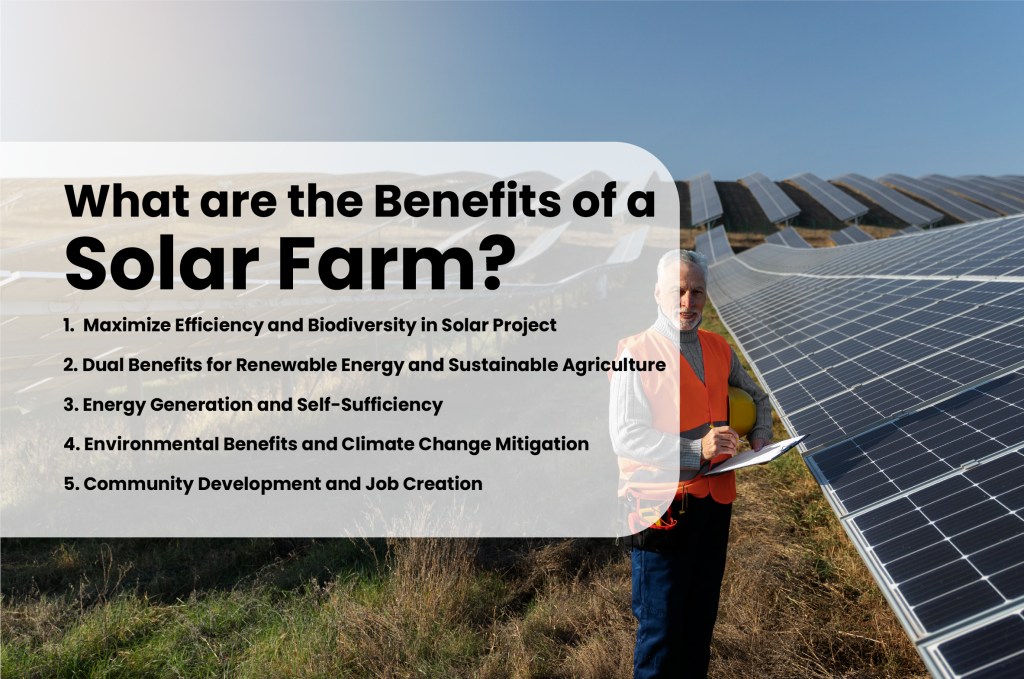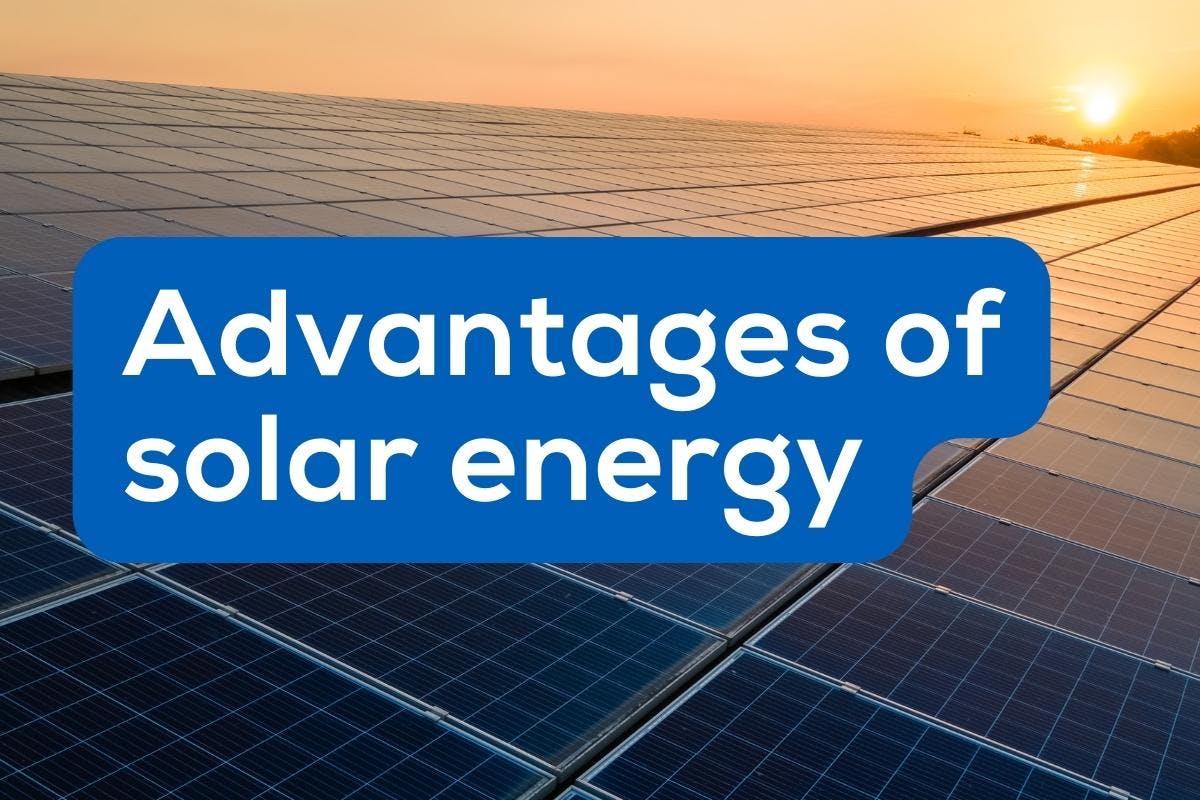Solar Power 101: A Newbie's Overview to Sustainable Energy Solutions
As the world progressively shifts towards lasting energy solutions, comprehending the basics of solar power ends up being necessary for both individuals and organizations. This overview gives an extensive review of solar energy, detailing the different systems available and the systems behind their procedure. By checking out the benefits of solar innovation, alongside the financial motivations and installation procedures, one can get a more clear perspective on how to properly integrate this renewable resource right into their energy approach. The trip toward taking on solar energy welcomes further exam of the challenges and considerations that come with it.
Understanding Solar Energy
At its core, comprehending solar power entails grasping the basic principles of how sunlight can be exchanged usable electrical power. Solar power is derived from the sun's radiation, which can be harnessed through various technologies. The primary mechanism for this conversion is the solar impact. This sensation takes place when sunshine strikes semiconductor materials, normally silicon-based, within solar batteries. The energy from the sunshine thrills electrons in the semiconductor, enabling them to stream easily and generate direct existing (DC) electricity.

Recognizing solar power likewise includes acknowledging its environmental benefits. By utilizing sunlight, we can mitigate greenhouse gas emissions and reduce air contamination, adding to a more sustainable future. The developments in technology and efficiency of planetary systems remain to boost their stability, making solar energy a progressively attractive option for international power requirements.
Types of Solar Power Systems
Numerous types of solar energy systems are generally utilized to harness solar power for electrical energy generation. The primary classifications include photovoltaic (PV) systems, concentrating solar energy (CSP) systems, and solar thermal systems.
Solar systems utilize photovoltaic panels composed of silicon cells that transform sunlight straight into power. These systems are versatile and can be set up on rooftops, ground installs, or incorporated into structure materials.
Concentrating Solar energy systems, on the other hand, utilize mirrors or lenses to focus sunlight onto a little location, generating warm that drives a steam wind turbine to produce power - Simply Solar Illinois. CSP systems are generally deployed in large power plants and need straight sunlight, making them less ideal for over cast regions

Each sort of solar energy system has its unique attributes, applications, and suitability depending upon geographic area, energy requirements, and budget, making it vital to review choices based upon certain scenarios. - Simply Solar Illinois

Benefits of Solar Energy
Using solar power with various systems not only offers a sustainable means to create electrical energy but also supplies a plethora of advantages. One of the most significant advantages is the reduction in greenhouse gas exhausts, contributing to a cleaner setting and combating environment modification. Solar power is renewable, implying it is endless and offered as long as the sun beams, unlike nonrenewable fuel sources, which are finite and diminishing.
In addition, solar energy can lead to substantial cost financial savings with time. Home owners and services can reduce their electrical power costs considerably, and in numerous situations, they might gain credit reports for excess energy produced with net metering. Additionally, the solar industry creates jobs, from manufacturing to installation, stimulating published here local economies.
One more engaging benefit is power self-reliance. By producing their own electrical energy, people and neighborhoods can decrease dependence on outside energy sources, improving resilience versus rising and fall energy prices and supply disruptions. Solar energy systems require minimal upkeep, making them a hassle-free choice for lasting power generation.
Setup Refine Review
The installation procedure for solar power systems normally involves numerous crucial steps that make sure effective assimilation into a residential property. At first, an extensive site assessment is conducted to assess the roof covering's see post orientation, shielding, and architectural integrity, which are critical to maximizing solar panel efficiency. Following this analysis, the layout stage begins, where a customized solar power system is set up based upon the house owner's energy requirements and choices.
Once the style is wrapped up, the necessary authorizations and approvals are gotten from neighborhood authorities, guaranteeing compliance with regulations. The real setup includes installing the photovoltaic panels on the roof or ground, linking them to an inverter, and integrating the system with the home's electrical setup. This stage may additionally entail setting up battery storage space systems, depending on the design.
After installment, an extensive evaluation is carried out to verify the system's performance and safety. The system is commissioned, and property owners are enlightened on its procedure and upkeep. With the installation total, the solar power system can start generating eco-friendly power, contributing to sustainability and decreasing energy expenses. This structured method guarantees that planetary systems are both reliable and reliable, maximizing their long-lasting benefits.
Financial Rewards and Cost Savings
Checking out the financial rewards and savings associated with solar power systems can significantly boost the appeal of making the switch to eco-friendly power. One of the most remarkable incentives is the government solar tax credit, which enables house owners to subtract a percent of their solar system installation costs from their government tax obligations.
Along with tax debts, numerous More Info states offer rebates that can additionally lower in advance expenses. Some energy business likewise offer performance-based rewards, gratifying solar power production in time. Financing choices, such as solar lendings and leases, permit consumers to install systems with little to no deposit, making solar power a lot more obtainable.

In addition, solar systems can boost home values, giving a strong return on investment. Generally, the mix of incentives and cost savings makes solar energy an economically eye-catching option for lots of households.
Conclusion
To conclude, solar energy represents a vital component of sustainable energy remedies, giving a pathway towards decreased carbon footprints and enhanced ecological defense. The varied kinds of solar power systems, coupled with significant financial incentives, help with wider adoption among people and communities. Comprehending the installment procedures and benefits connected with solar energy encourages stakeholders to make educated choices. Eventually, the transition to solar power not just fosters environmental obligation yet additionally advertises financial cost savings and energy self-reliance.
Comments on “Why Choose Simply Solar Illinois for Green Energy Solutions?”